Personal Stories
A love letter between two homelands
This story is a love letter from a Mexican man to his beautiful wife, his sweet daughter, and the two lands he calls home.
José Mario Calero Vizcaino was born in 1974 in Mexico City, at the pulsing centre of its colour and commotion. The streets never sleep. The air is thick with roasted corn and fresh tortillas. Colour pours from market stalls; even disorder feels like a celebration. From that world—noisy, flavourful, insistently alive—he drew his first breath.

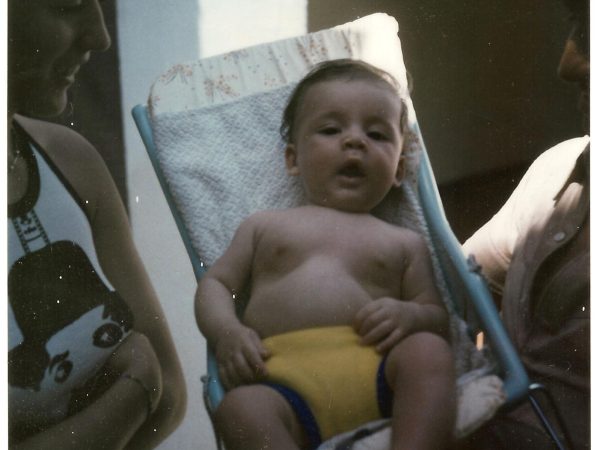
As a boy, he kept a pencil close. Lions for school fairs, pigeons for gifts—anything that caught his eye found paper. With sketches and early digital skill, he turned the school’s lion crest into a cartoon, personalised prints with schoolmates’ names, and sold them at fairs: a first venture in enterprise.
His hands remember. His thumbnails end in sharp points, a professor’s old trick he learnt. Anchored like a compass point, they let him sweep clean circles by hand.
That urge to create carried him to the Universidad Iberoamericana, where equations met sketchbooks and long days turned into restless nights. He photographed rooftops, traced hand-made perspectives, and learnt watercolour, photography, and digital techniques to catch the heartbeat of cities and landscapes across Mexico and Latin America. There, he discovered that mathematics could be a palette—and that art can speak when words fall short.
He sought to reawaken Mexican identity, translating folk motifs into bold, modern T-shirts that wore the country’s spirit with pride. Brush and palette in hand, he climbed to the high places and painted “in-situ” and in his studio some of the nation’s tallest volcanoes; later, the watercolours apeared again on calendar pages.
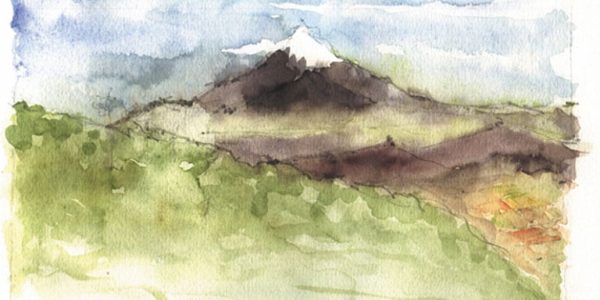
In the classroom, he taught Architectural Projects, Geometry, and Expression Techniques —shaping young minds as he refined his own eye. When he fused watercolour with digital texture for a World Cup television commercial, the piece did not simply win; it proved that tradition and innovation could move in step.
Those years clarified a poise he still holds: precision paired with imagination, where each line matters and a single glance can open a door to creativity.
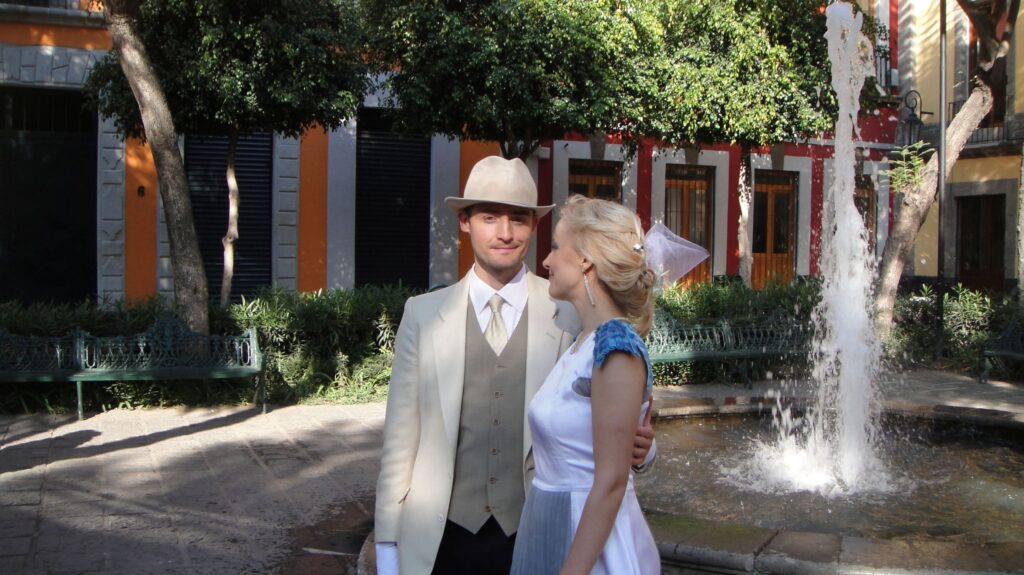
In 2011, he met Anni Oja, an Estonian linguist. “I found the love of my life. From the day we met, we have not been apart. We met in July, and by November we were married,” he says. Not only a beginning, but also a turning point.
They began in Malinalco, a quiet town near Mexico City, cradling both the vibrancy of tradition and the hush of nature. Soon, a shared dream took hold: a calmer, safer place to raise a family. In 2012, they chose Estonia.
He still sees that first arrival: a long journey via Cancún and Brussels – stepping into Tallinn on 27 June. Anni’s family awaited with warmth that softened the newness of the north. A first Estonian salmon in a cosy restaurant. A first Baltic summer. The city under its long white night—unhurried—sun-warmed cobbles against the cool, salt-edged breeze. Streets drifting by, rooftops shimmering, a place inviting him simply to pause and breathe.
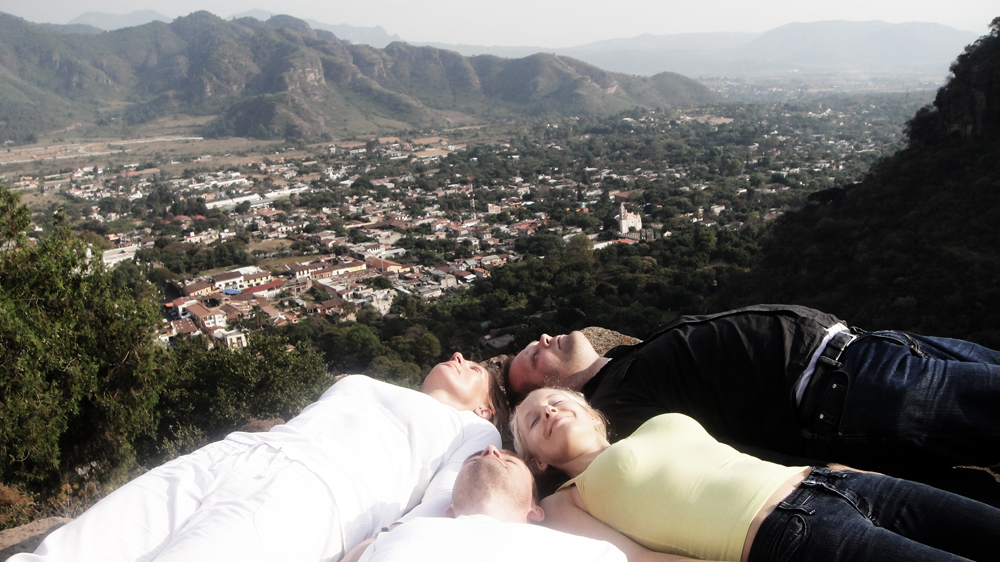
Then came the monotone, low cloud, a bit of frost, a slower, sterner rhythm. Snow fell in glittering silence like a fairytale, and the frozen asphalt taught its lessons. “I slipped at least three times the first winter,” he laughs. Now he even likes the little spikes you strap to your shoes.
Estonia, settled in by degrees: quiet streets; nice neighbours who do not complain about music; the bracing rite of winter swimming—madness to friends back home. Even the language, with its sixteen cases, became a puzzle worth unravelling, though some days felt like skating on thin ice while consulting dictionaries.
In Haapsalu, the peaceful town they call home, the two worlds meet with ease. Anni keeps the “Day of the Dead” alive—marigolds, papel picado, and ancestral drinks. At Christmas, they cook bacalao or filled cappelletti together. Their daughter, Emma, grows up tasting both realities: Mexico’s fire and Estonia’s calm.
“Anni has always shared the best parts of Estonia with me,” José says.
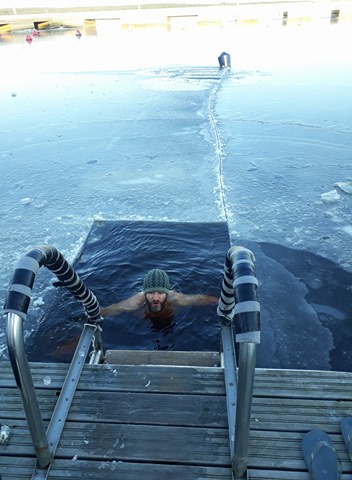
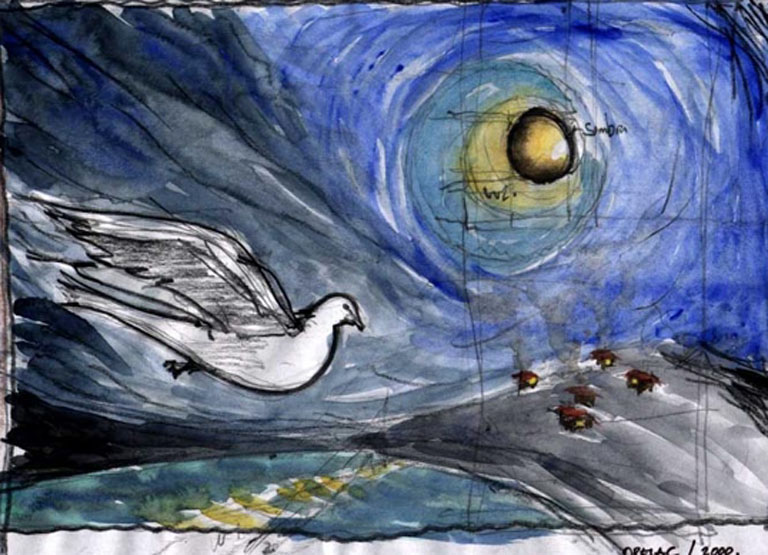
Through foxes painted, Baltic moonlight caught, and poems shaped in the margins, he has built a life where two cultures speak to one another across canvases and pages. “You’ve changed,” friends in Mexico, tell him. He smiles.
Life is contrast—some of it spicy like chilli, some of it cool as Estonian snow—and together it makes a single story.
Those contrasts still delight him. The Baltic Sea lies calm and still, so unlike the rolling mexixcan waves he sometimes misses. Winter swimming is sharp and awakening, unimaginable to many back in Mexcio. “Even the cold, monotone weather feels like a counterbalance to the positives,” he says, laughing.
Yet he loves Estonia with all he is—for the stillness, the security, the freedom.
Mexico taught warmth and celebration / Estonia, peace and reflection. With time, he has grown calmer, more patient—curiosity no longer emerging but glowing quietly within. That inner stillness has become a comfort—a gentle presence others can feel.
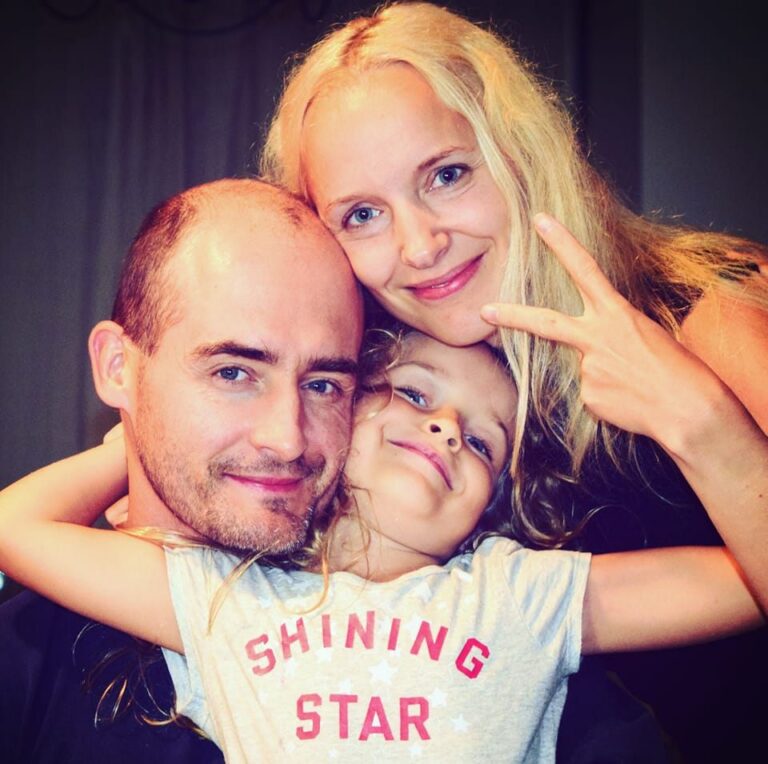

Discover the traditional Mexican flavors shared by José Mario: BACALAO AND GREEN RICE
BACALAO (salted cod)
INGREDIENTS: (serves 4–6)
- 1 kg salted dried cod
- 800 g peeled and chopped tomatoes
- 400 g onion
- 150–200 g garlic
- 500–700 g baby potatoes
- 100 ml olive oil
- 5 whole mild green peppers (jalapeño or similar)
- Olives as desired
- A handful of chopped parsley
- A sprinkle of almond flakes
- Salt if needed
Preparation:
Rinse the cod and soak it overnight in a large amount of cold water. The next day, drain, rinse again, and cut into pieces. Taste a small piece: if it is still too salty, change the water and soak for a little longer.
Cooking instructions:
1. In a large pot, gently heat a quarter of the olive oil over low heat. Add the onion and garlic and cook gently until soft and translucent.
2. Add the remaining oil and the tomatoes. Cook over medium-low heat until the tomatoes break down into a thick sauce.
3. Add the cod pieces. Let them cook very gently on low heat for about 1 hour, making sure there’s enough oil so the fish stays moist.
4. Taste and adjust the seasoning if needed. Then add the halved new potatoes, olives, whole green peppers, chopped parsley, and almond flakes.
Continue cooking on low heat for another 30 minutes.
How bacalao is served in different countries:
🇲🇽 Mexico – wrapped in corn tortillas with avocado and fresh chilli, and served with a cold glass of horchata (a rice-and-cinnamon drink).
🇪🇸 Spain – served hot in a clay dish (cazuela), with a glass of Rioja wine or homemade sangria.
🇵🇹 Portugal – baked with potatoes and olives, and paired with Vinho Verde (a light, young “green” wine).
🇮🇹 Italy – spooned onto crispy bread slices (crostini) and often accompanied by a glass of dry white wine.
🇪🇪 Estonia – eaten with rye bread and beetroot or cabbage salad, with kvass or non-alcoholic apple cider to drink.
🌴 Caribbean – prepared with vegetables and spices, and often served with punch or coconut water.
🇳🇴 Norway – made into traditional klippfisk (salt-dried cod), served with potatoes and a creamy sauce, usually with beer or aquavit (a caraway-flavoured spirit).
Buen provecho!
GREEN RICE
Ingredients: (serves 4)
- 1 cup rice
- 2 cups chicken stock
- 3 tomatillos (green tomatoes)
- 1 garlic clove
- ½ onion
- A small handful of fresh coriander
- Cooked sweetcorn kernels (to taste)
- Oil for frying
- Soured cream, to serve
- Optional: 1 green chilli for heat
- Salt (only if needed)
Cooking instructions
1. Soak the rice in hot water for a few minutes, rinse, and drain well in a sieve.
2. Blend the chicken stock with the tomatillos, garlic, onion and coriander (add the chilli if you’d like it spicy) until smooth.
3. Heat a little oil in a saucepan and fry the rice over medium heat, stirring, until it smells toasty (like popcorn) and looks pearly, without letting it burn.
4. Pour in the blended mixture, reduce the heat to low, cover, and cook for 18–20 minutes, until the rice is tender and the liquid absorbed.
5. Stir in the cooked sweetcorn and cook for 1–2 minutes more to warm through. Check the seasoning.
6. Serve at once with a spoonful of soured cream.